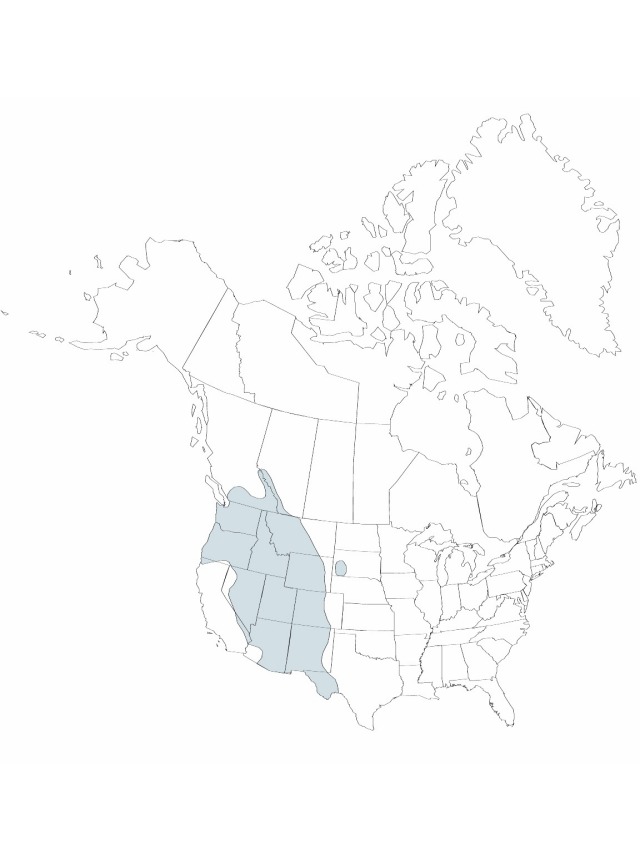Juncus ensifolius var. montanus
in C. L. Hitchcock et al., Vascular Plants of the Pacific Northwest 1: 195. 1969.
Illustrated
Basionym: Juncus xiphioides var. montanus Engelmann Trans. Acad. Sci. St. Louis 2: 481. 1868 Juncus xiphioides var. montanus Engelmann J. xiphioides var. triandrus Engelmann
Synonyms: Juncus brunnescenns Rydberg Juncus ensifolius var. brunnescens (Rydberg) Cronquist Juncus parous Rydberg Juncus saximontanus R. F. Martin Juncus tracyi Juncus utahensis
Treatment appears in FNA Volume 22.
Leaves 2–25 cdm × 1.5–4 mm. Inflorescences 3–20 heads; heads obovoid to globose. Flowers: outer tepals 2.7–3.6 mm; inner tepals 2.7–3 mm; stamens 6. Capsules slightly exserted, ellipsoid, 2.4–4.3 mm. Seeds 0.4–1 mm, tailed or more often not tailed.
Phenology: Fruiting early summer–fall.
Habitat: Wet meadows, bogs, springy woods, stream and lake shores
Elevation: 400–3000 m
Distribution
Loading map...

Alta., B.C., Ariz., Calif., Colo., Idaho, Mont., Nev., N.Mex., Oreg., S.Dak., Tex., Utah, Wash., Wyo., Mexico (s to Puebla, Veracruz).
Discussion
Selected References
None.
Lower Taxa
None.